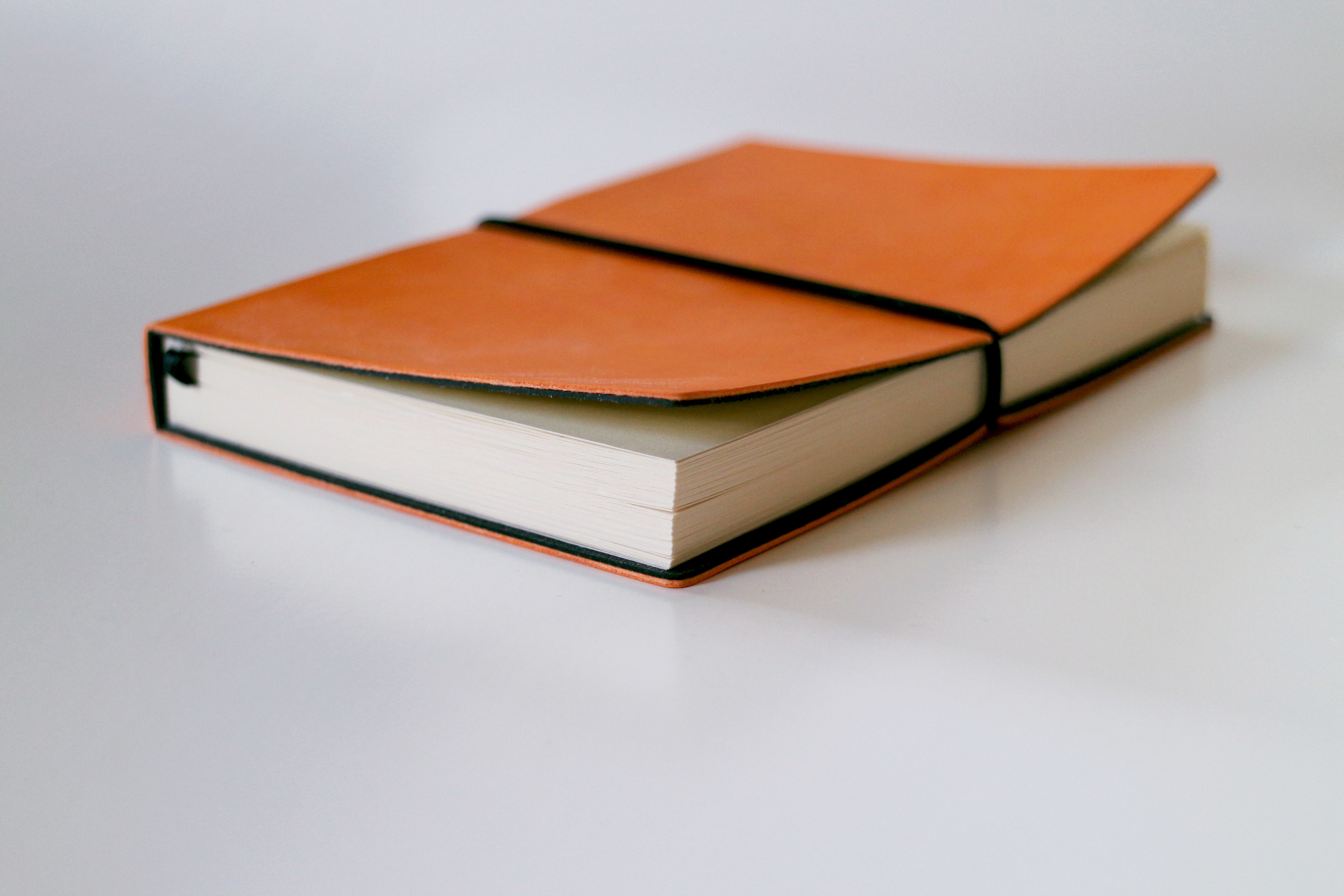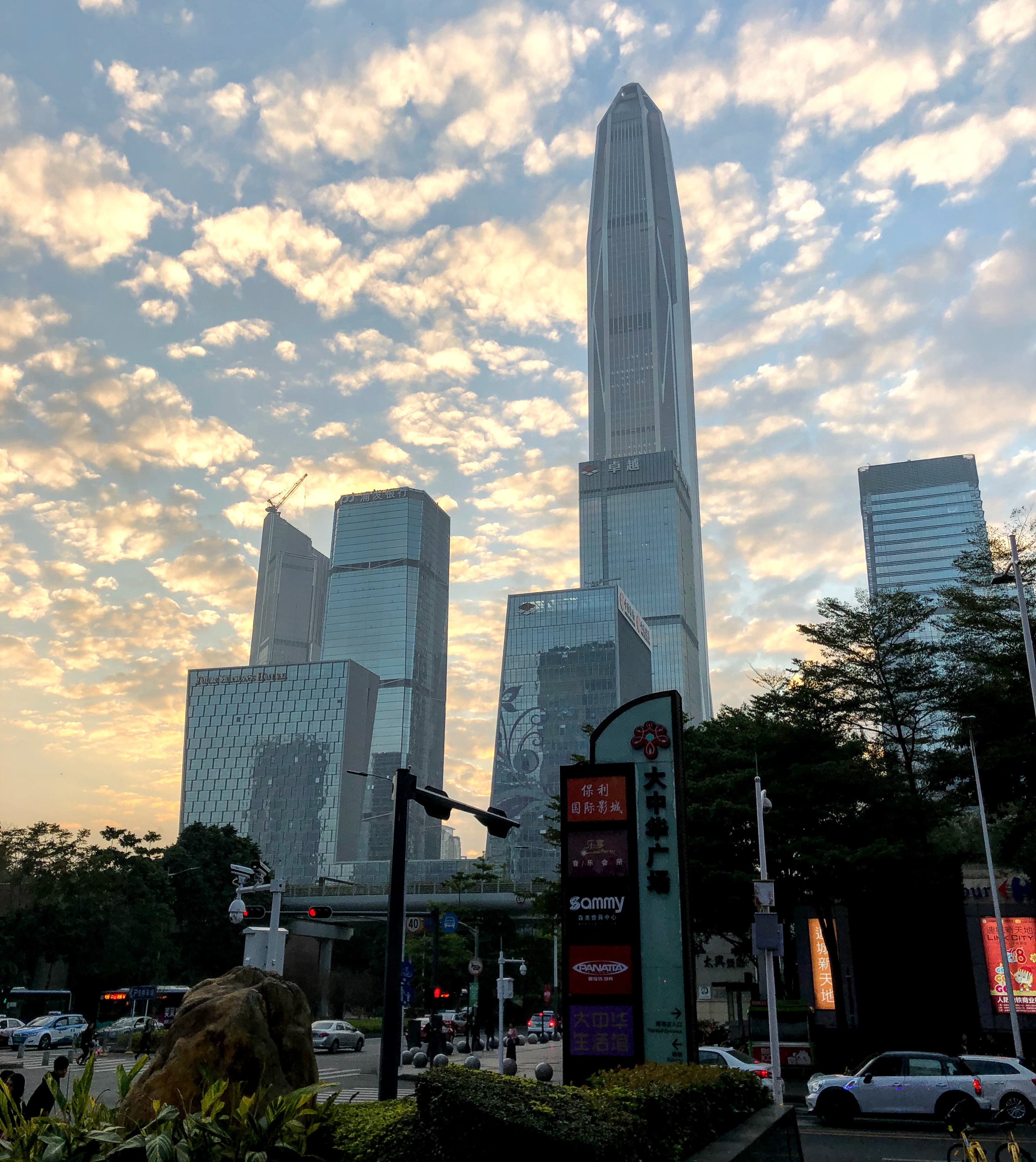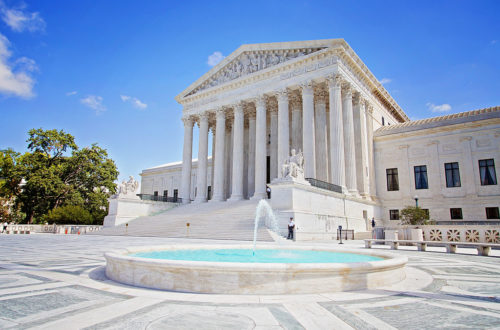Finally, after more than a year since the last draft amendment came out in 2019, a new draft has been submitted to the National People’s Congress Standing Committee for deliberation on June 28, 2020. The newest version is now published for public comments until August 16, 2020.
As a whole, these proposed changes address a lot of the criticisms people have had regarding the strength of IP protection in China. These changes, once implemented, will make China a much more patent-friendly jurisdiction, benefiting innovators worldwide.
Examples of notable changes include (1) a longer patent term for new drugs and design patents; (2) patent linkage; (3) litigation reform such as significantly higher damage amounts and stronger and more streamlined patent enforcement provisions; (4) creation of an open-licensing regime to encourage use of patents in China; and (5) a limited 6-month grace period for public disclosures made to benefit the public during a national emergency.
Patent Term
Great news to anyone in the biopharma sector, the new draft amendment includes provisions to compensate patentees for both (1) unreasonable delays by the patent office during prosecution and also (2) delays due to the drug approval process, similar to Patent Term Adjustment (PTA) and Patent Term Extension in the US (PTE).
PTE: China will allow up to 5 years of patent term extension, provided that the patent term does not go beyond 14 years after drug approval. These basic numbers are very similar to those in the US, though details of how the extension will be calculated have not been disclosed yet.
PTA: Upon request, patent term adjustment may be possible to compensate for unreasonable delay caused by the Chinese National Intellectual Property Administration (CNIPA). However, there is no definition yet for “unreasonable delay” nor have any detailed calculation methods been disclosed.
Design: The patent term for Design patents will be extended from 10 years to 15 years. To some, it signals China’s willingness to join the Hague Agreement, an international treaty that streamlines global design patent applications but requires a 15-year patent term to participate.
Patent Linkage
The CNIPA and the CFDA will work together to link marketing approval of new drugs with patent disputes on new drugs, withholding marketing approval until patent disputes are resolved. Owners of patents listed in China’s “drug patent information registration platform” must sue potential infringers applying for marketing approval of new drugs within 30 days of CFDA’s publication of the marketing approval application. If no lawsuit is filed, the new drugs owners can apply with the CNIPA or the Court for a Non-Infringement Opinion. If a lawsuit is filed, then the market approval application is stayed for up to 9 months to allow the State Council to make an effective ruling.
It is not clear yet what kind of drug patents can be included in the drug patent information registration platform is. The CFDA started publishing a Catalog of Approved Drugs in December 2017. However, it is unclear whether this is the same list, a subset, or a totally different list.
It is also unclear if the period of the stay is capped at 9 months (as written in this latest draft) or 24 months as set in the CFDA Rules.
Litigation Reform: Infringement and Enforcement
In the past, innovators sometimes stayed away from pursuing patent litigation in China because damage amounts were so low. This newest draft amendment increases statutory damage amounts to CNY 5,000,000. However, the previously proposed minimum damage award of CNY 100,000 has been removed in view of the low market value of certain patents (mainly utility models and designs) in practice.
The methods for determining damages have changed. When calculating the damage award, both the patentee’s damage and the infringer’s profit will have equal priority.
The new willful infringement provision allows for damages of between one and five times the normal damages amount in the case of willful infringement.
The burden of providing finance-related evidence in an infringement litigation will shift to the defendant (alleged infringer) once the plaintiff/patentee put forth its best evidence. If the defendant provides no evidence or false evidence, the compensation calculation will be based instead on the plaintiff’s claim.
The time limit for bringing an infringement lawsuit is extended to 3 years.
Open Licensing
China will create an open-licensing scheme to encourage use of patents in China. Patentees can notify the State Council through a State-created system their intention to provide an open license and the associated licensing fees. The State Council will publish information related to available open licenses. The patentee can withdraw the open license at any time, but licenses granted before such withdrawal will not be affected.
During the period of open licensing, a sole license or exclusive license will not be available whilst a normal license is still possible.
6-Month Grace Period for Disclosure during Emergency/Extraordinary Situations
When an emergency or extraordinary situation occurs in the country (China), a public disclosure for the purpose of public interest will not destroy the novelty of a patent application filed within 6 months from such public disclosure.
This provision was likely introduced in view of the current coronavirus pandemic and the numerous papers that have been published quickly in an effort to share knowledge to solve this global problem.
Many Other Changes
There are many other changes that we have not described here. We shall explore some of the changes more deeply in upcoming blog posts. Stay tuned!
About the Authors

Yolanda Wang is a Principal, Chinese Patent Attorney, and Chinese Patent Litigator at Eagle IP, a Boutique Patent Firm with offices in Hong Kong, Shenzhen, and Macau.

Jennifer Che, J.D. is Vice President and Principal at Eagle IP, a Boutique Patent Firm with offices in Hong Kong, Shenzhen, and Macau.





